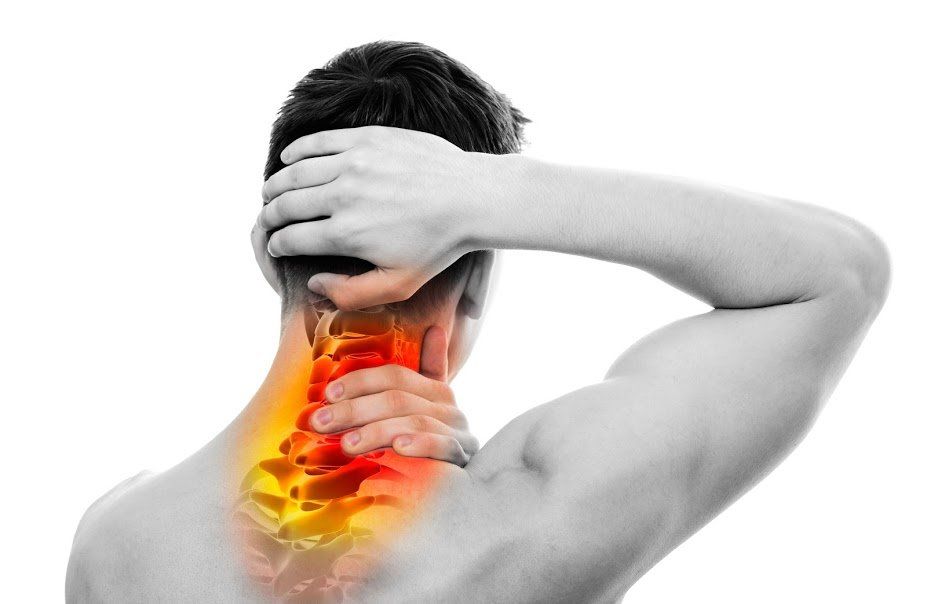

Many car accidents affect the bone, and a fractured bone is easy to prove since it’s visible. Injuries to the soft tissues — the ligaments and muscles — are not that easy to prove. Below are some examples of soft tissue injuries and ways to prove them in an auto accident case.
Soft tissue injuries can affect any part of the body, but the following are the most common.
A whiplash injury affects the major tissues of the neck. The injury arises if your head suddenly moves backward and forward. A rear-end accident is a common cause of whiplash injury. Depending on the severity of your whiplash, you may recover in a few days or weeks, or you may suffer long-term complications.
A concussion occurs when the brain violently shakes within the skull. The shaking causes the brain to hit the walls of the skull and bruise. A concussion can affect your brain functions, such as memory and speech.
An auto accident can also cause internal injuries, such as organ damage, without significant external injuries. The spleen, kidney, and liver are some of the internal organs that typically suffer damage in auto accidents. Organ damage usually calls for expensive treatment and can lead to long-term complications.
A sprain is a tear or stretch of joint ligaments, and they typically occur when a joint twists beyond its usual limits. Sprains commonly affect the wrists, knees, and ankles. You might not be able to operate the injured joint until you heal.
A contusion is blood vessel damage that triggers bleeding under the skin. A contusion can be excruciating, depending on the force that caused it. For example, a crash at 90 mph might cause a more severe contusion than a crash at 40 mph.
Soft tissue injuries don’t grab as much attention as hard tissue injuries. Many forms of soft tissue injuries are not even visible from the outside. With soft tissue injuries, the defendant might claim that you didn’t suffer significant injuries in the accident. Below are some tips to help you prove your soft tissue injuries.
Soft tissue injuries might not be visible from the outside, but doctors have the skills to diagnose and treat them. Thus, you should get medical attention as soon as possible after your accident. Follow the doctor’s orders to the letter and take the necessary medication. That way, you will have the records to strengthen your soft tissue claim.
For example, diagnostic imaging techniques can reveal hidden injuries, such as brain injuries. You can use the examination results to prove your claim.
You can also use an expert witness to help you prove your soft tissue injury. The expert witness should be a doctor with a specialization in your injury. The medical expert can shed more light on your medical records.
Lastly, you can also use eyewitnesses to strengthen your case. For example, eyewitnesses can help you prove:
The more evidence you have, the stronger your case will be. Overwhelming evidence increases your chance of a settlement before trial.
Soft injuries might be difficult to prove, but they’re not impossible. And at Kidwell & Gallagher, we have the necessary resources to help you pursue your damages, irrespective of your injuries. Contact us for a consultation so that we can help you chart the best path for your case.

Craig W. Kidwell is the managing partner of Kidwell & Gallagher, Ltd., and exclusively represents injured workers in Nevada. Mr. Kidwell has been practicing workers’ compensation law in Nevada since 1999 and has acted as lead counsel on over 2,000 contested workers’ compensation claims. Mr. Kidwell represents injured workers in Nevada through all stages of Nevada’s complex worker’s compensation system. Craig regularly appears in all levels of Nevada’s administrative workers’ compensation system and has represented injured workers in Nevada’s districts and Supreme Court.